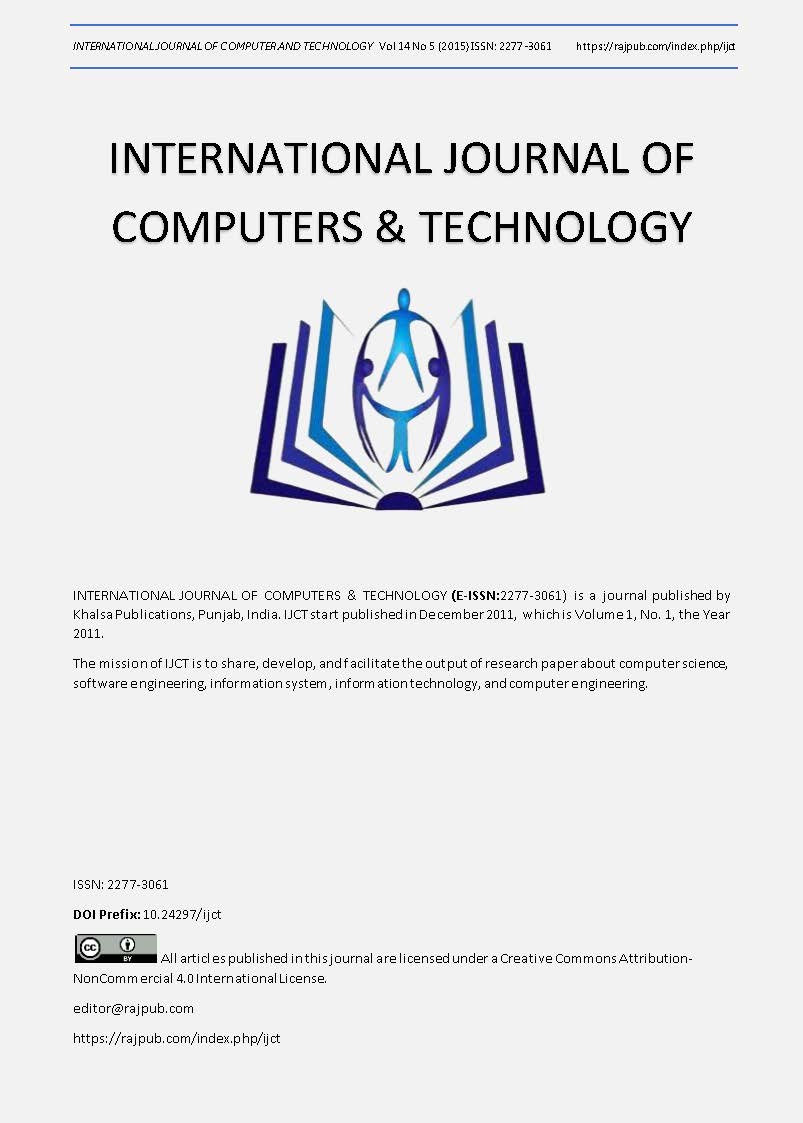Design and Performance Investigation of a New Distributed Amplifier Architecture for 40 and 100 Gb/s Optical Receivers
DOI:
https://doi.org/10.24297/ijct.v14i5.5274Keywords:
Distributed Amplifier, 40Gb/s Distributed amplifier, 100Gb/s Distributed amplifierAbstract
The design of distributed amplifiers (DAs) is one of the challenging aspects in emerging ultra high bit rate optical communication systems. This is especially important when implementation in submicron silicon complementary metal oxide semiconductor (CMOS) process is considered. This work presents a novel design scheme for DAs suitable for frontend amplification in 40 and 100 Gb/s optical receivers. The goal is to achieve high flat gain and low noise figure (NF) over the ultra wideband operating bandwidth (BW). The design scheme combines shifted second tire (SST) matrix configuration with cascode amplification cell configuration and uses m-derived technique. Performance investigation of the proposed DA architecture is carried out and the results are compared with that of other DA architectures reported in the literature. The investigation covers the gain and NF spectra when the DAs are implemented in 180, 130, 90, 65 and 45 CMOS standards.The simulation results reveal that the proposed DA architecture offers the highest gain with highest degree of flatness and low NF when compared with other DA configurations. Gain-BW products of 42772 and 21137 GHz are achieved when the amplifier is designed for 40 and 100 Gb/s operation, respectively, using 45 nm CMOS standard. The
simulation is performed using AWR Microwave Office (version 10).









